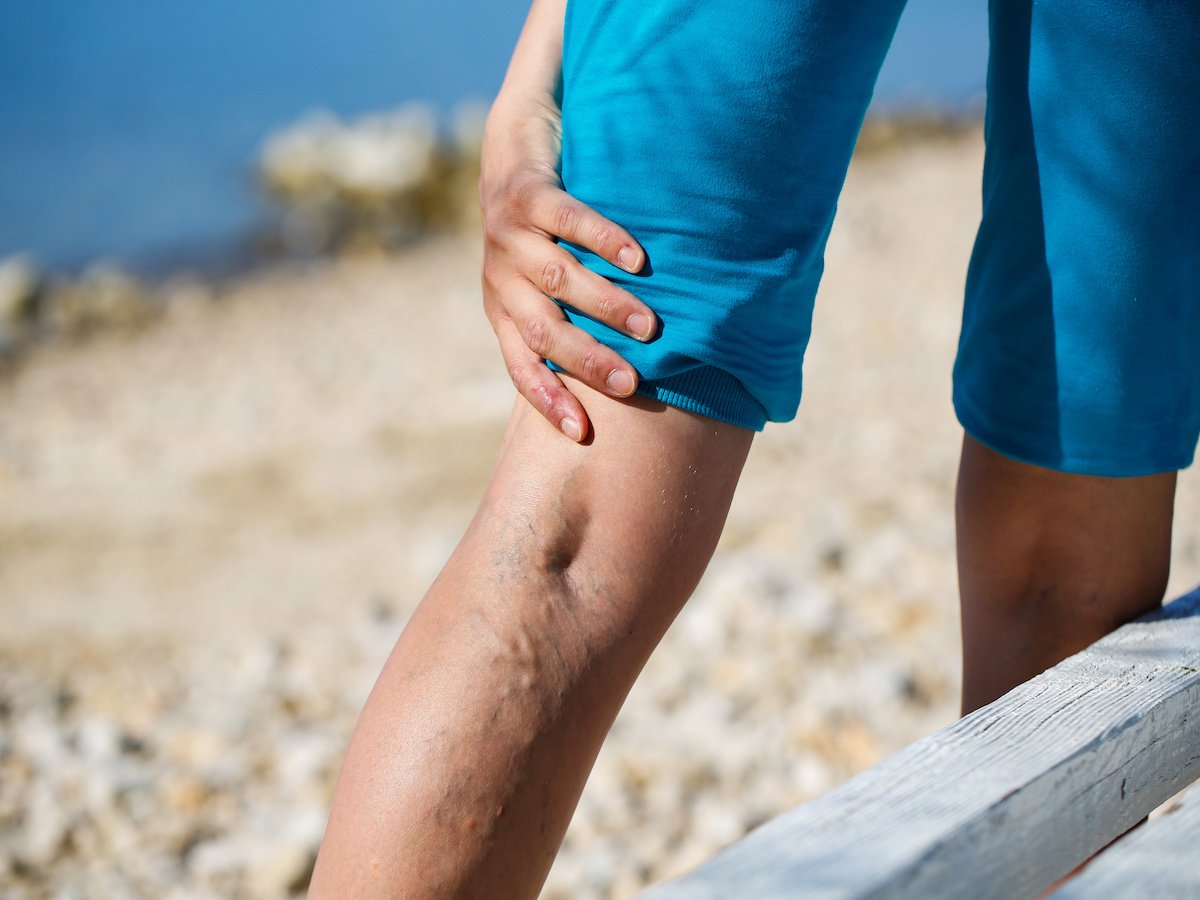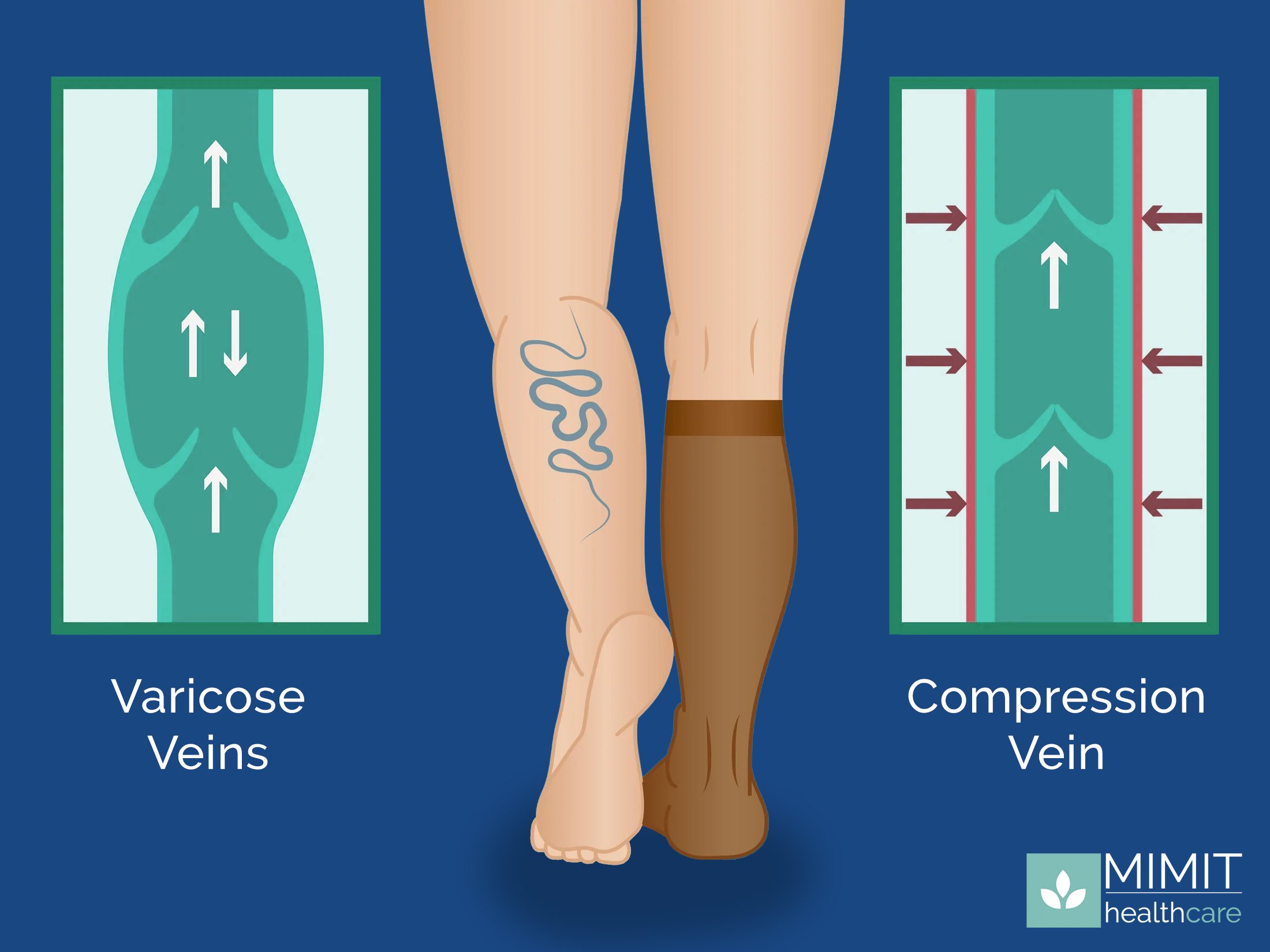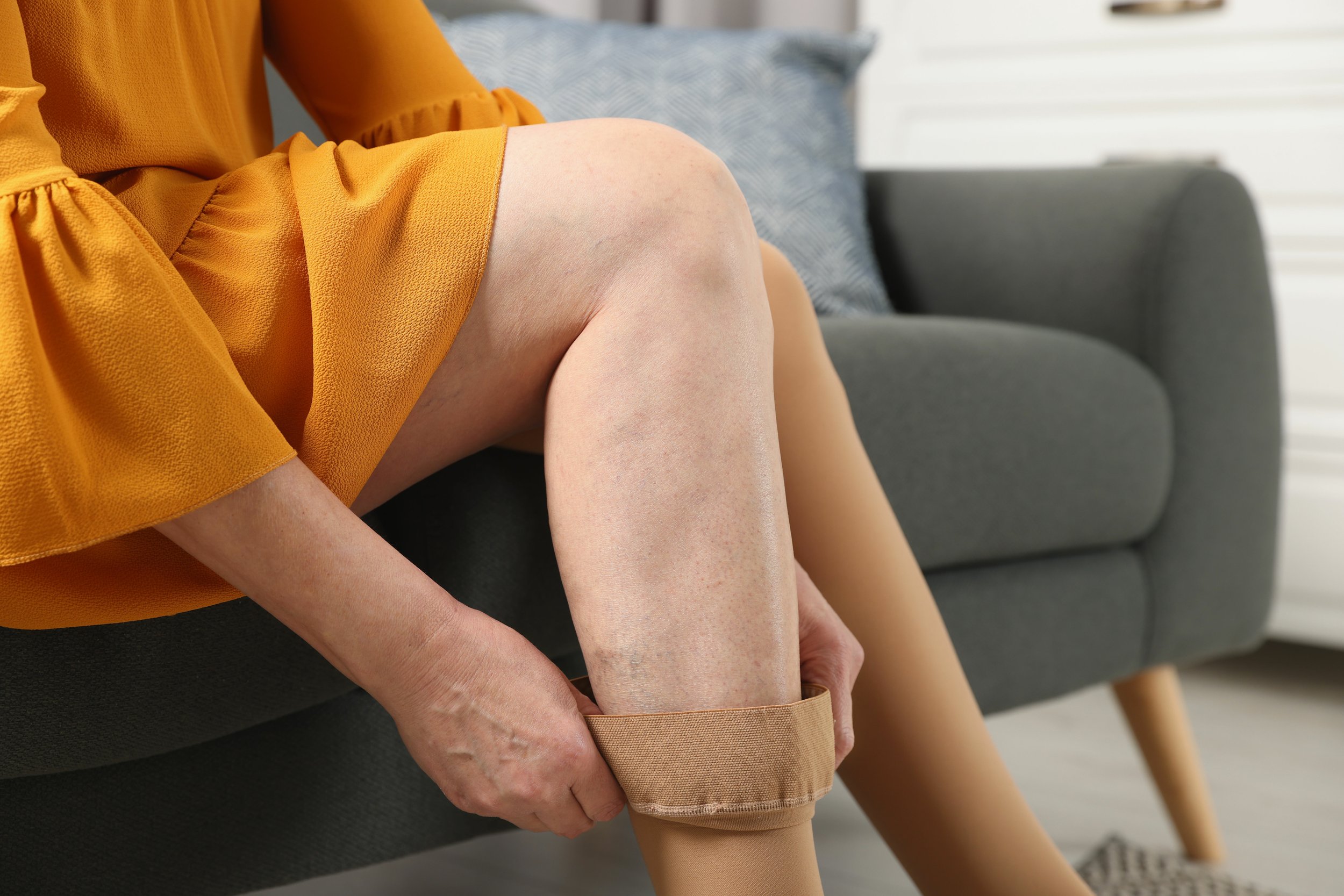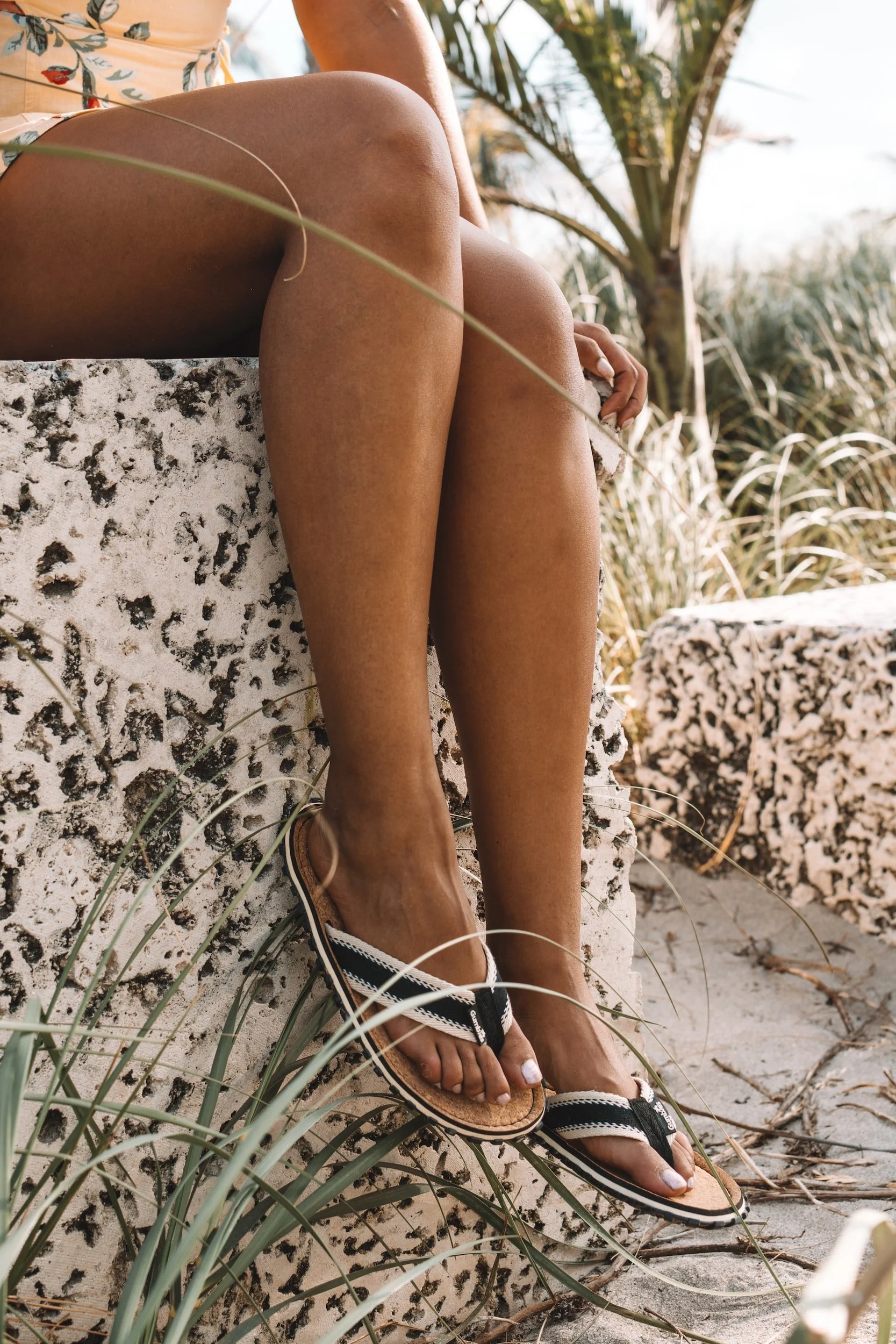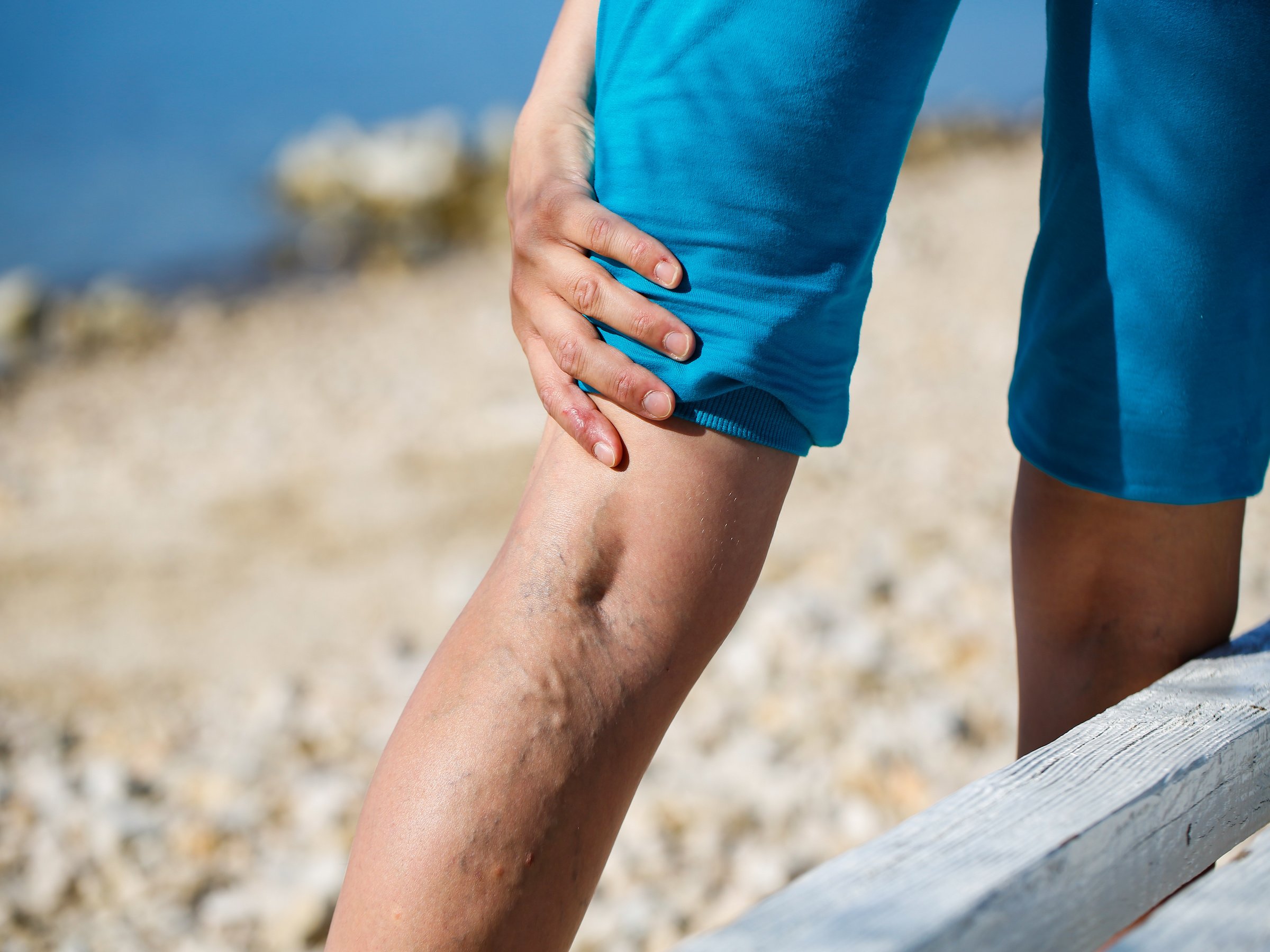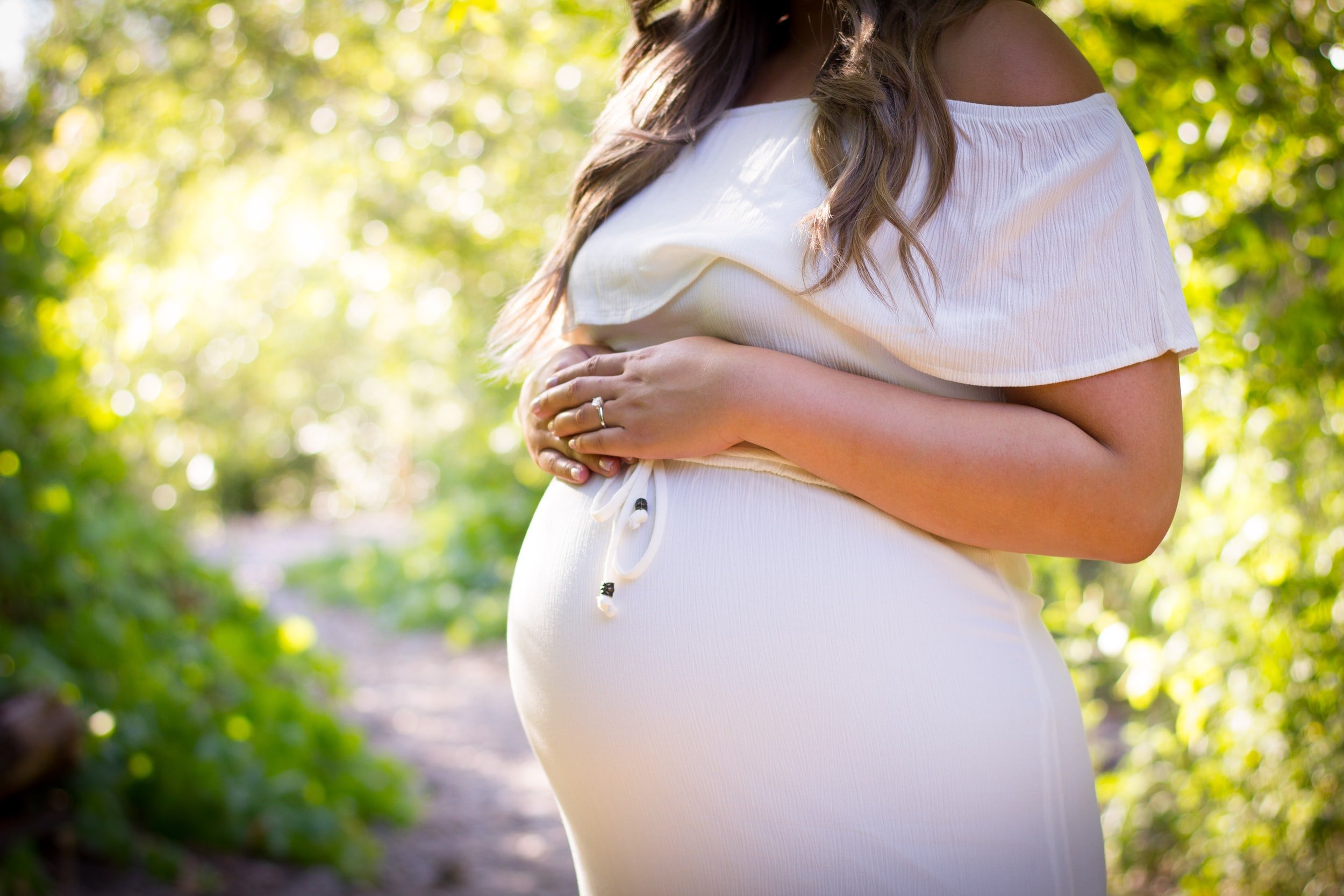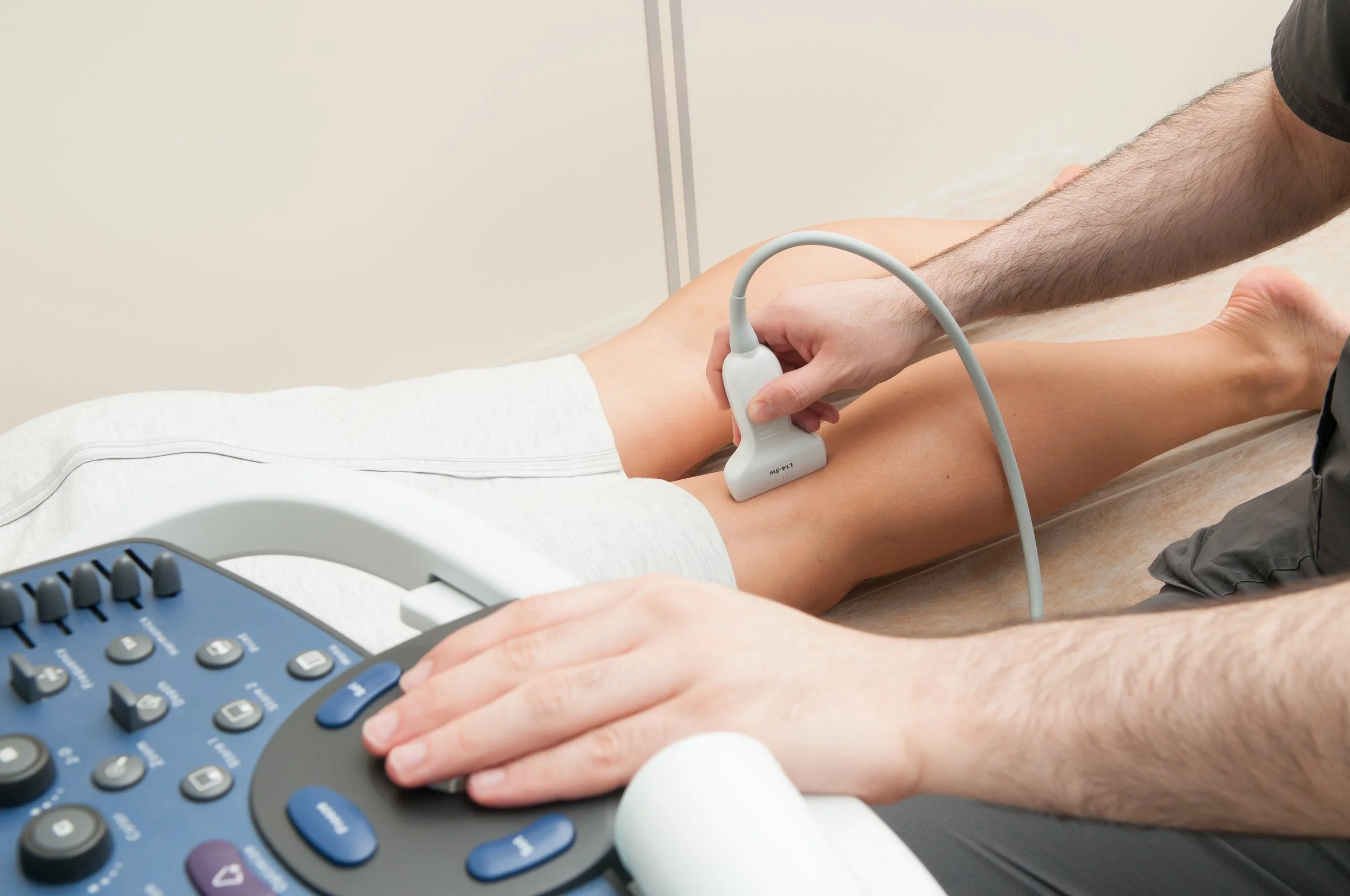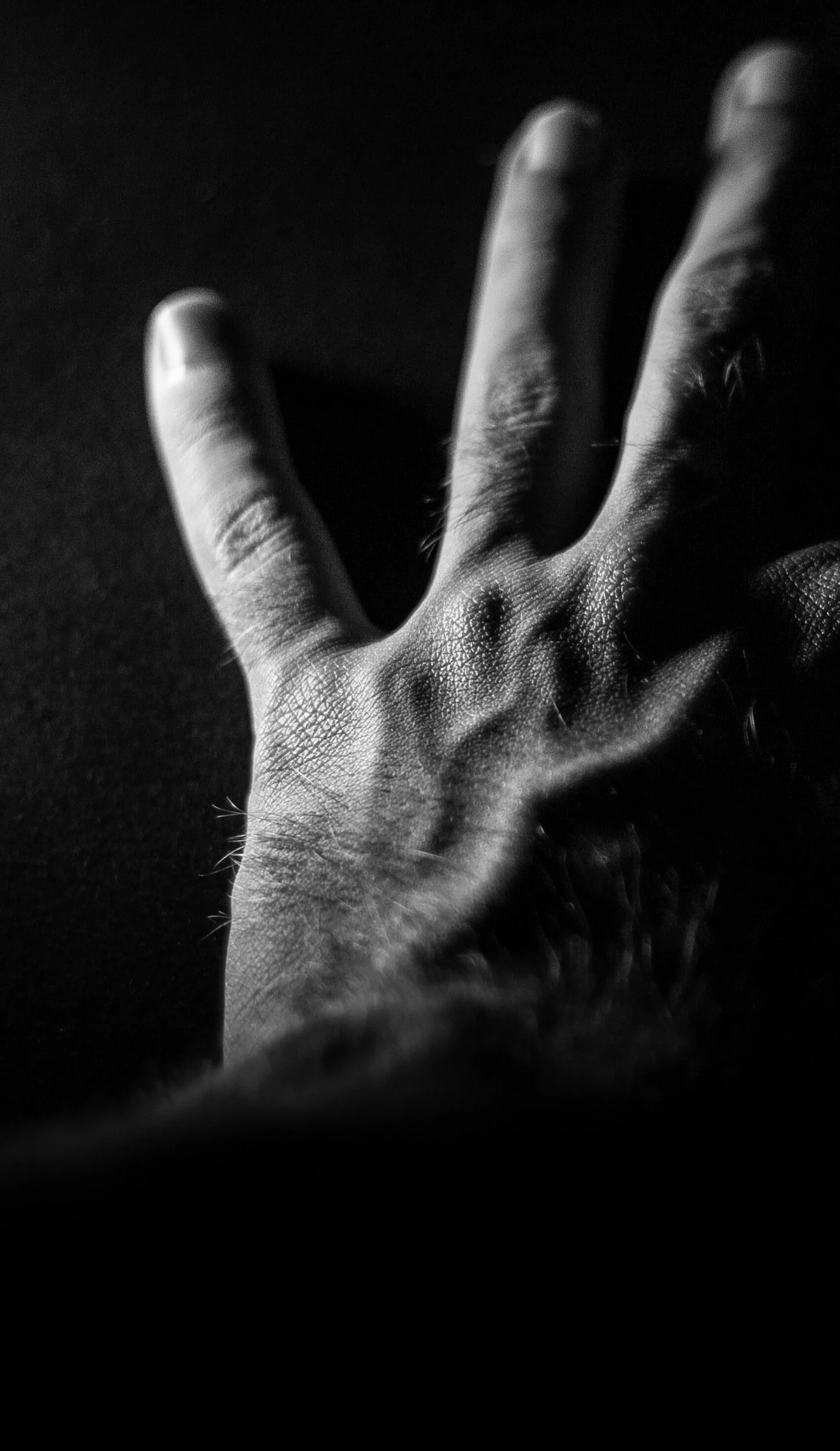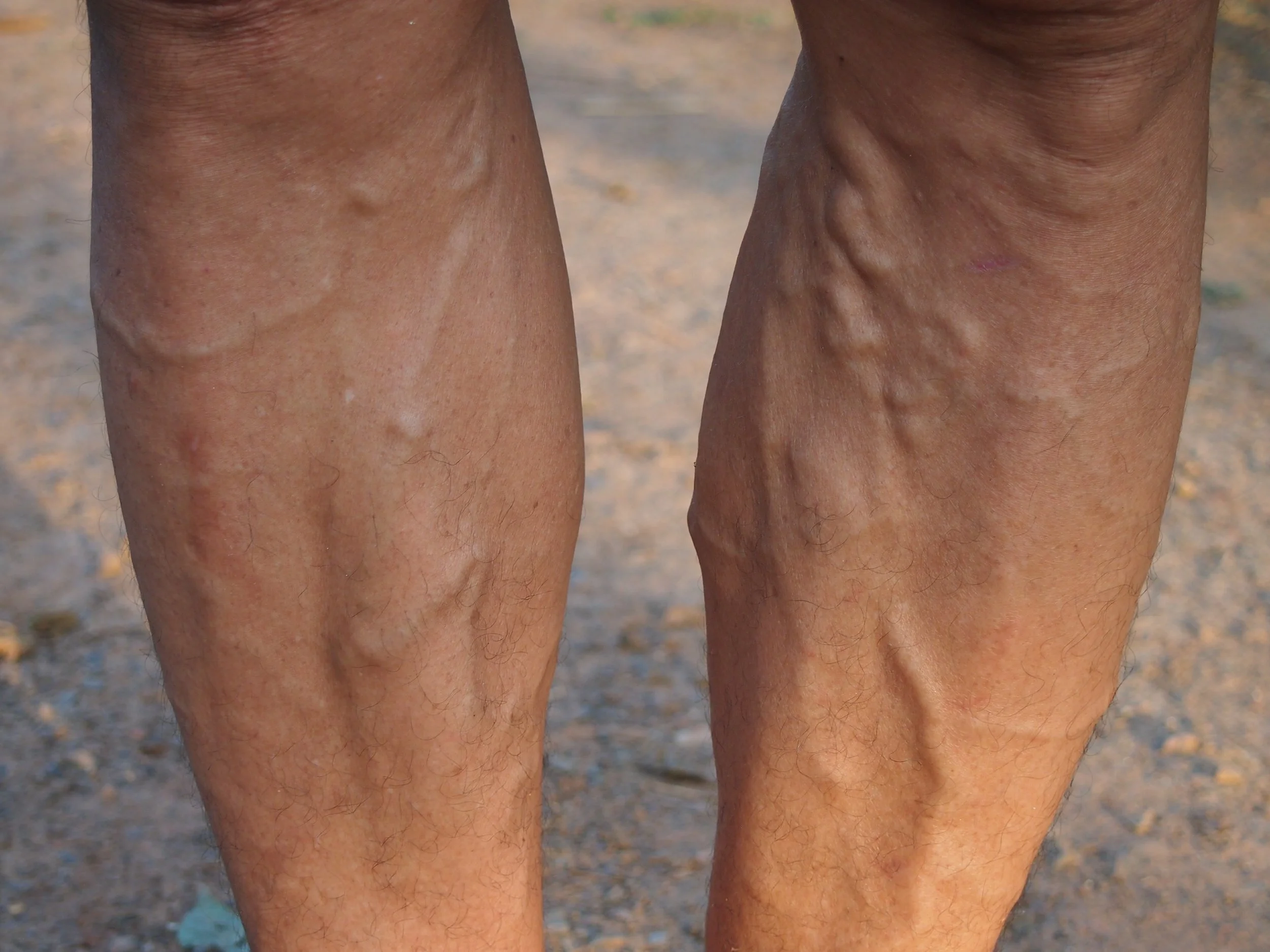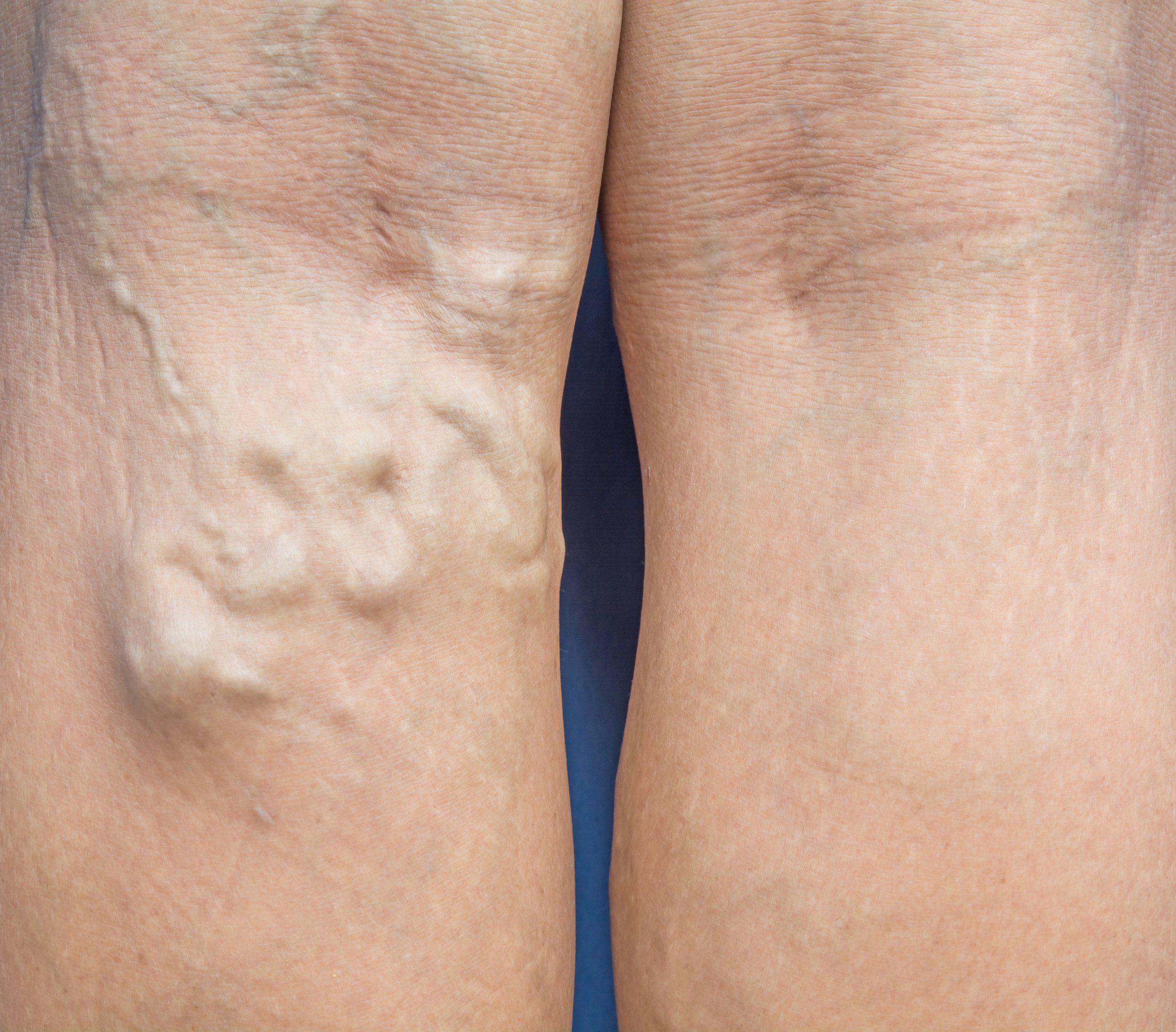
Varicose Veins
What are varicose veins?
Varicose veins are enlarged veins that can appear swollen or twisted. They develop when there are weak or damaged valves in your legs that are unable to maintain blood flow back up to your heart, which creates one-way valves and leads to pooling of blood. They're usually a deep purple or blue color and found in the legs near the surface of your skin. They can be painful or itchy.
Treatment options include Varithena, sclerotherapy, laser therapy, and compression socks.
What is the difference between varicose veins and spider veins?
Varicose veins and spider veins are both types of venous disease. They are, however, two distinct conditions.
Varicose veins are typically painful
Varicose veins are often associated with discomfort and pain, primarily due to their larger size and the increased pressure they place on the vascular system. In contrast, spider veins, which are smaller and more superficial, typically do not cause significant pain or discomfort.
Varicose veins pose a greater risk than spider veins
Generally, varicose veins pose a greater risk than spider veins. If left untreated, complications like blood clots, skin ulcers, or chronic venous disease can result. Spider veins are a cosmetic issue, so treatment is not necessary.
Symptoms of varicose veins
Bulging veins
Aches and pains in the affected area
Visible veins that are bulging or twisted
Swelling and heaviness in the legs
Swelling of the ankles and feet
Itching around one or more varicose veins
Restless legs at night
Darkened skin around varicose veins

What are the risk factors of varicose veins?
Varicose veins are a common condition, affecting about 1/3 of adults. However, there are factors that put you at increased risk of developing them:
Being a woman
Generally, varicose veins are more common in women than men, although anyone can experience them.
Advanced age
As individuals age, the valves within the veins can weaken and become less effective at preventing the backward flow of blood.
Pregnancy
Pregnant women are at an increased risk of developing varicose veins due to several physiological changes that occur during pregnancy.
Genetics
Genetics plays a significant role in the development of varicose veins, as individuals with a family history of the condition are more likely to experience it themselves.
Excessive weight
Individuals who are overweight or have obesity face an increased risk of developing varicose veins due to the added pressure on their venous system. Excess body weight can strain the vein valves and weaken their function, making it harder for blood to flow efficiently back to the heart.
How are varicose veins diagnosed?
Physical exam
Diagnosing varicose veins is not a complex process, but requires a physician's assessment. To properly diagnose varicose veins, the doctor will examine the affected area, check for any discoloration or ulcers and ask questions about any pain or other symptoms that may be caused by varicose veins.
Ultrasound
In some cases, an ultrasound or other imaging tests may be used to evaluate the severity of varicose veins and evaluate their size, shape, and blood flow. After diagnosis, the doctor will likely recommend treatment options such as lifestyle changes, surgery, or medications to help relieve the symptoms and reduce any risks associated with varicose veins.

How to prevent varicose veins
Elevate your legs
When the legs are raised above the level of the heart, gravity aids in the return of blood to the heart, which decreases the workload on the veins.
Maintain a healthy weight
By managing weight through a balanced diet and regular physical activity, individuals can reduce this pressure, promoting better blood flow and decreasing the risk of varicose veins.
Wear compression socks
These specially designed socks apply graduated pressure, being tighter at the ankle and gradually loosening towards the knee, which helps to support venous return and reduces the likelihood of blood pooling in the veins. We are partnered with RCG Medical to offer medical grade compression socks.
Treatment for varicose veins
All of these treatments are minimally invasive and offered at MIMIT Health!
Compression socks
Compression socks have emerged to be an effective solution for individuals looking to relieve pain. Compression socks are designed to apply pressure to the legs, which helps to improve blood flow and prevent the pooling of blood in the veins, reducing the risk of varicose veins.
Sclerotherapy
Sclerotherapy is a minimally invasive treatment where a solution is directly into the affected veins, causing them to collapse and gradually fade from view. This method not only alleviates the discomfort often associated with varicose veins, such as swelling and aching, but also improves the overall appearance of the skin. Sclerotherapy has become increasingly popular due to its quick recovery time and success rates.
Varithena
Varithena is a minimally invasive treatment for varicose veins. This procedure utilizes a foam-based solution that is injected directly into the affected veins, leading to their closure and eventual absorption by the body. With a focus on patient comfort, Varithena allows for a quick recovery, enabling individuals to return to their daily activities soon after treatment.
Endovenous laser therapy (EVLT)
During this minimally invasive procedure, a thin laser fiber is inserted into the varicose vein through a small incision. The laser emits energy that causes the vein to heat up and collapse, eventually allowing it to be absorbed by the body. This method not only alleviates symptoms such as pain and swelling but also improves the cosmetic appearance of the legs. Endovenous laser therapy typically has a shorter recovery time compared to traditional surgical options, making it a favorable choice for many patients seeking relief from varicose veins.



